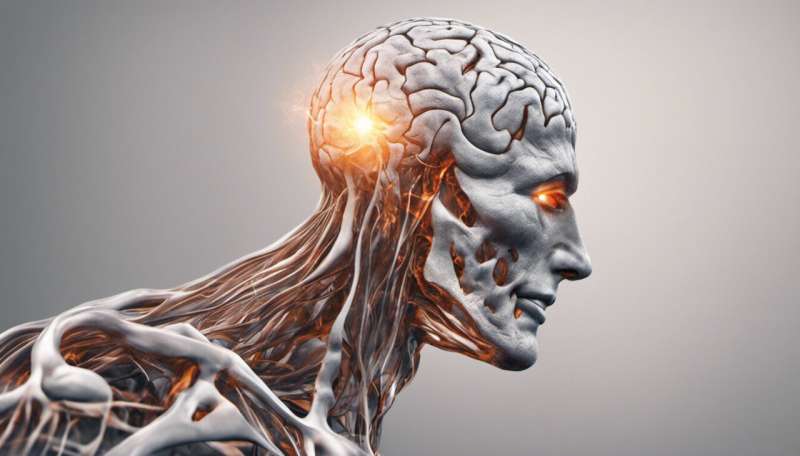Understanding the brain to relieve chronic pain

Chronic pain syndrome (CPS) represents a major healthcare challenge, both in terms of delivering effective treatment and cost. One out of every five Europeans suffers from chronic pain, which is usually defined as persistent and severe pain that lasts longer than three to six months.
In many cases, the cause remains unknown. CPS can also prove stubbornly unresponsive to various forms of therapy. With CPS treatment costing up to 3 percent of Member State gross domestic product (GDP) every year, scientific research in this field could have a significant impact.
A new EU-funded project has set out to tackle CPS by exploring and better understanding the biological mechanisms that underlie chronic pain. The overall objective of the ncRNAPain (Non-coding RNAs in neurogenic and neuropathic pain mechanisms and their application for risk assessment, patient stratification and personalised pain medicine) project is to dramatically improve evidence-based diagnosis and treatment.
The project, which has just got underway, will focus on non-coding RiboNucleic Acids (ncRNAs).These large biological molecules play a number of important roles in the coding, decoding, regulation and expression of genes.
Neuro-immune alterations in the nervous system have been shown to play a role in chronic pain, and it is known that ncRNAs regulate both immune and neuronal processes. These molecules could therefore have the power to 'switch on' chronic pain, and it is here that most research will be focused.
It is expected that project, due for completion in 2017, will be able to identify and validate specific ncRNAs, leading to new drugs for pain prevention and relief. Diagnostic tools will also be developed during the project, to enable improved treatment and targeted prevention strategies for high risk individuals.
Ultimately, the project promises to make major advancements in both the knowledge of how pain is generated, propagated and relieved, and in evidence-based diagnosis and treatment. By achieving a better understanding of how chronic pain starts and continues, the quality of life of millions of Europeans could be improved. The project also has the potential to reduce the social and economy burden of chronic pain across Europe.
A multidisciplinary team of leading molecular and systems-level neuroscientists and bioinformatics has been brought together from eleven European partner institutions, in addition to ncRNA experts and clinical partners. The project will receive a total of EUR 5 988 835 in EU funding, under the Seventh Framework Programme for Research and Innovation (FP7).
More information: Project factsheet cordis.europa.eu/projects/rcn/110169_en.html


















